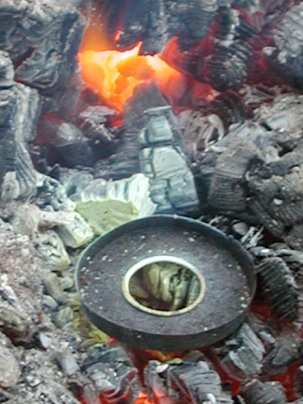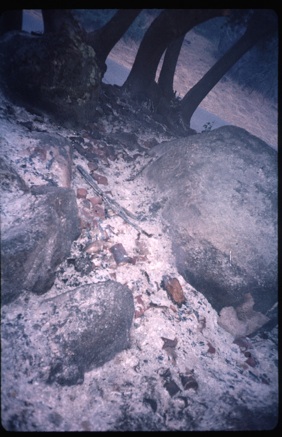Historic Artifacts

Updated October 26, 2011



Overview
Constructed with much sweat by Linn Gassaway.
Remember conditions are not static so Not making a decision is a decision.
Be safe No archaeological site is worth a life.
This page is still under construction so please check back for additional information.
Website last updated October 26, 2011







